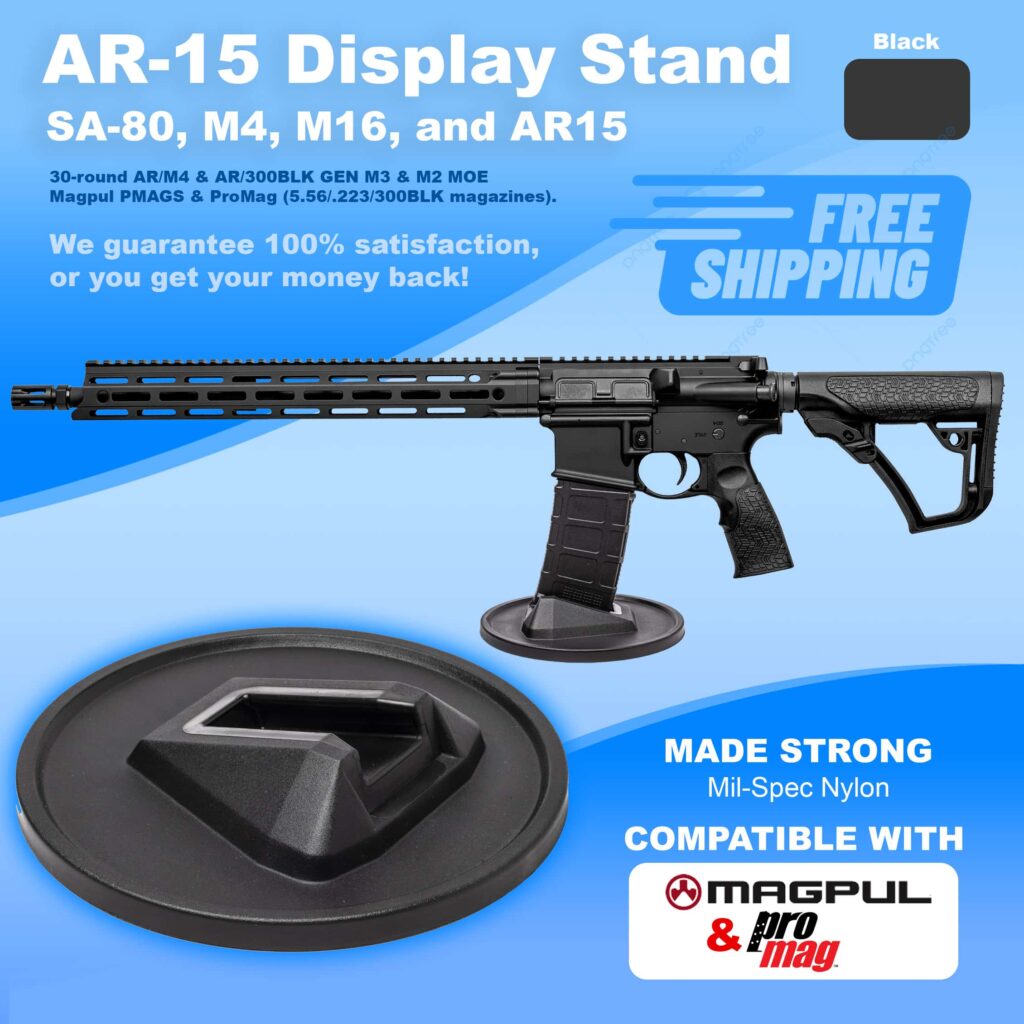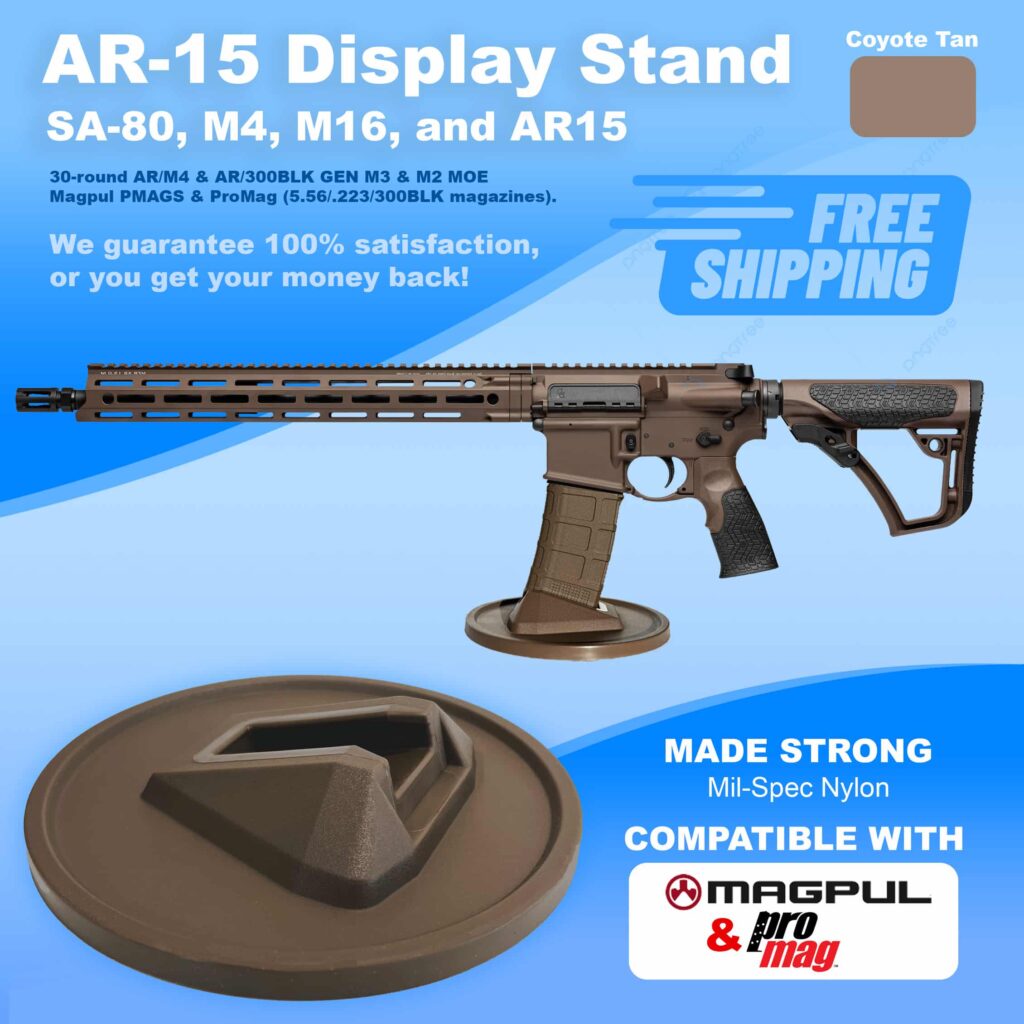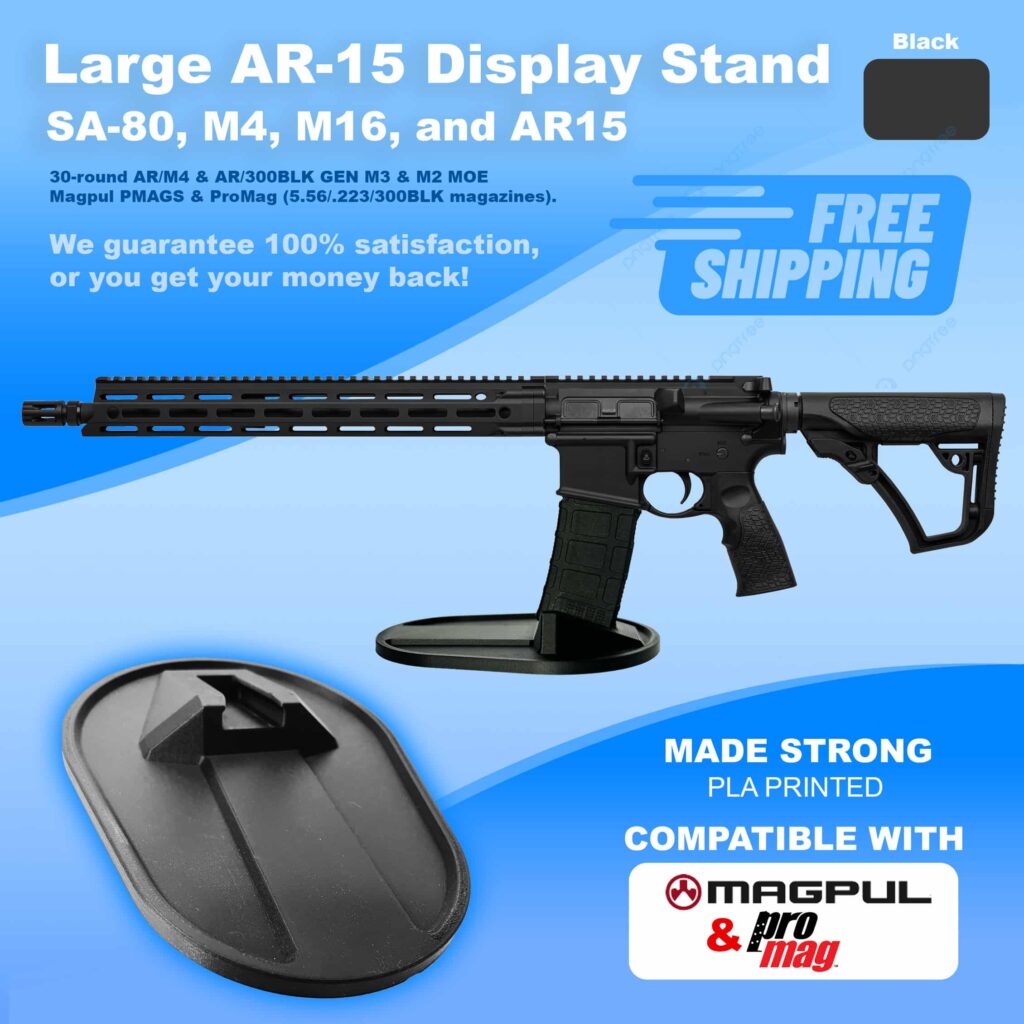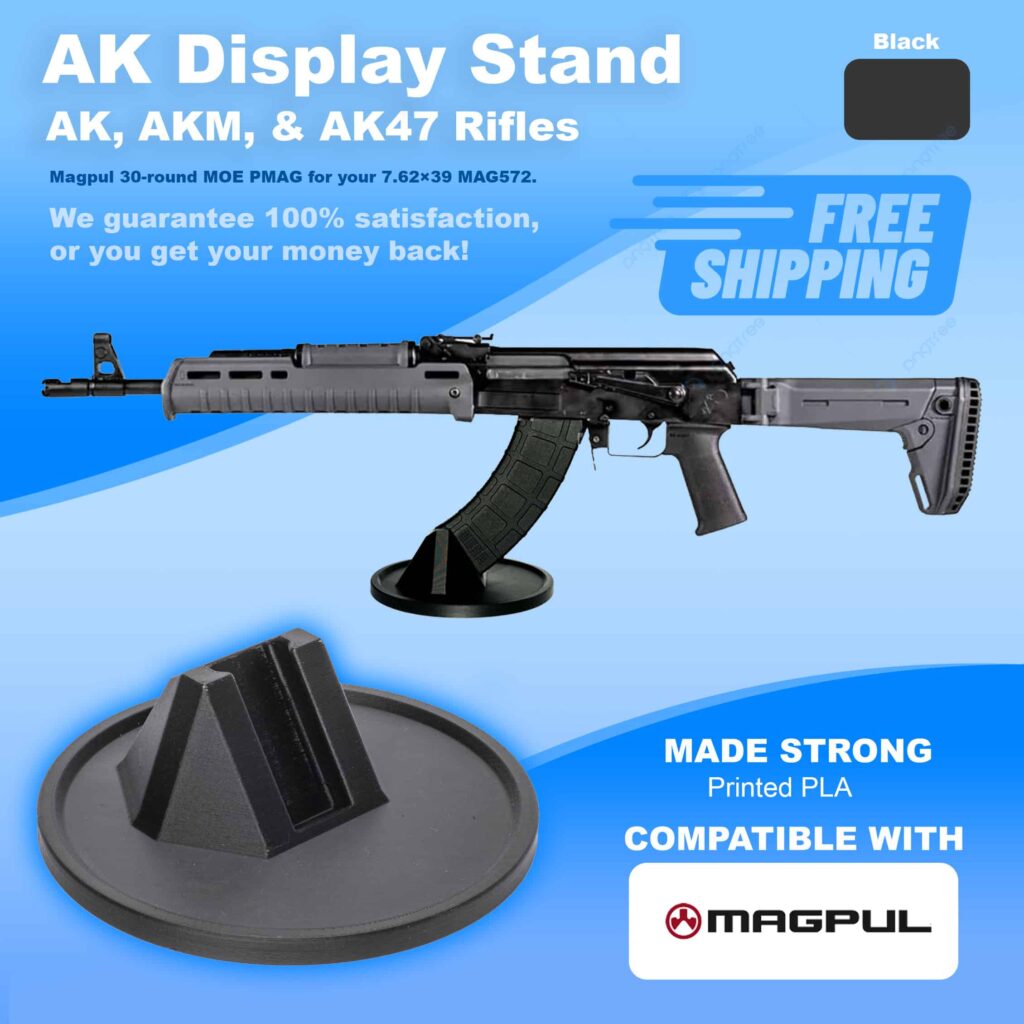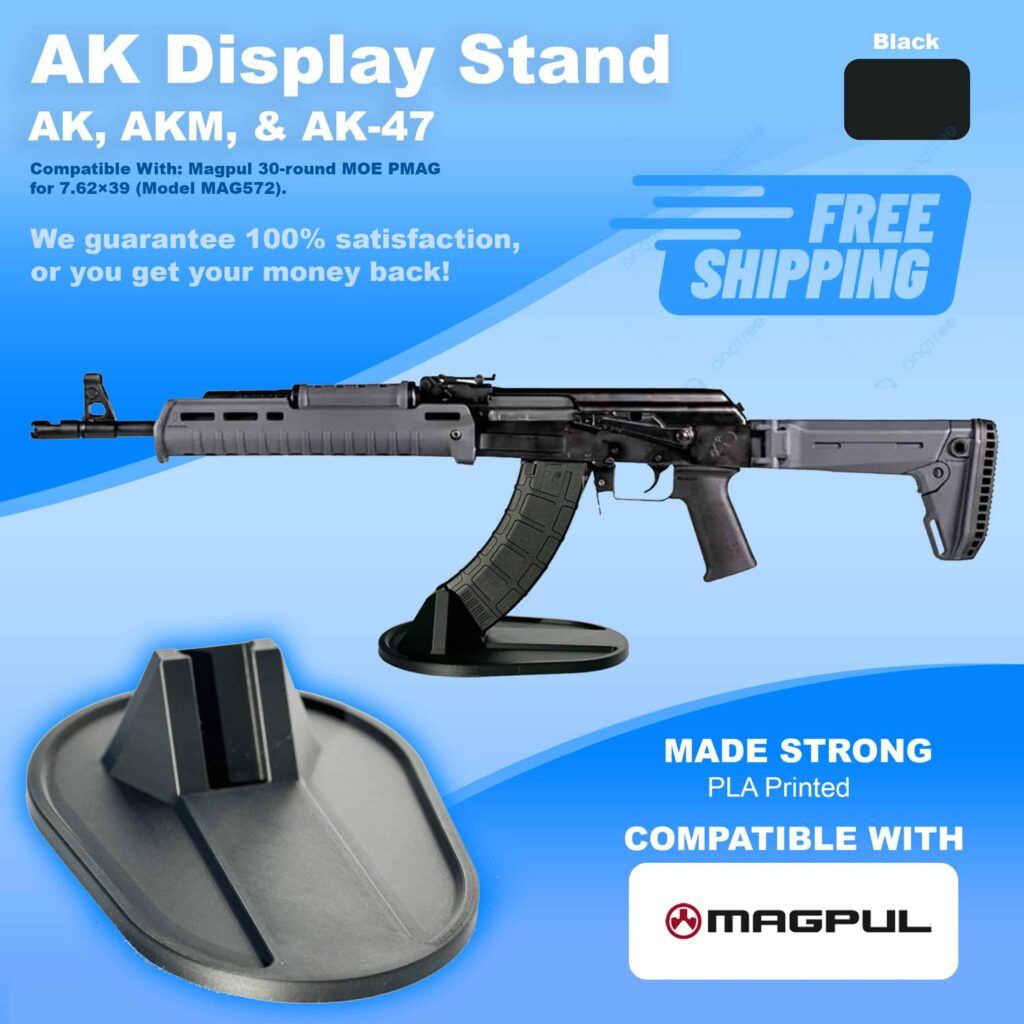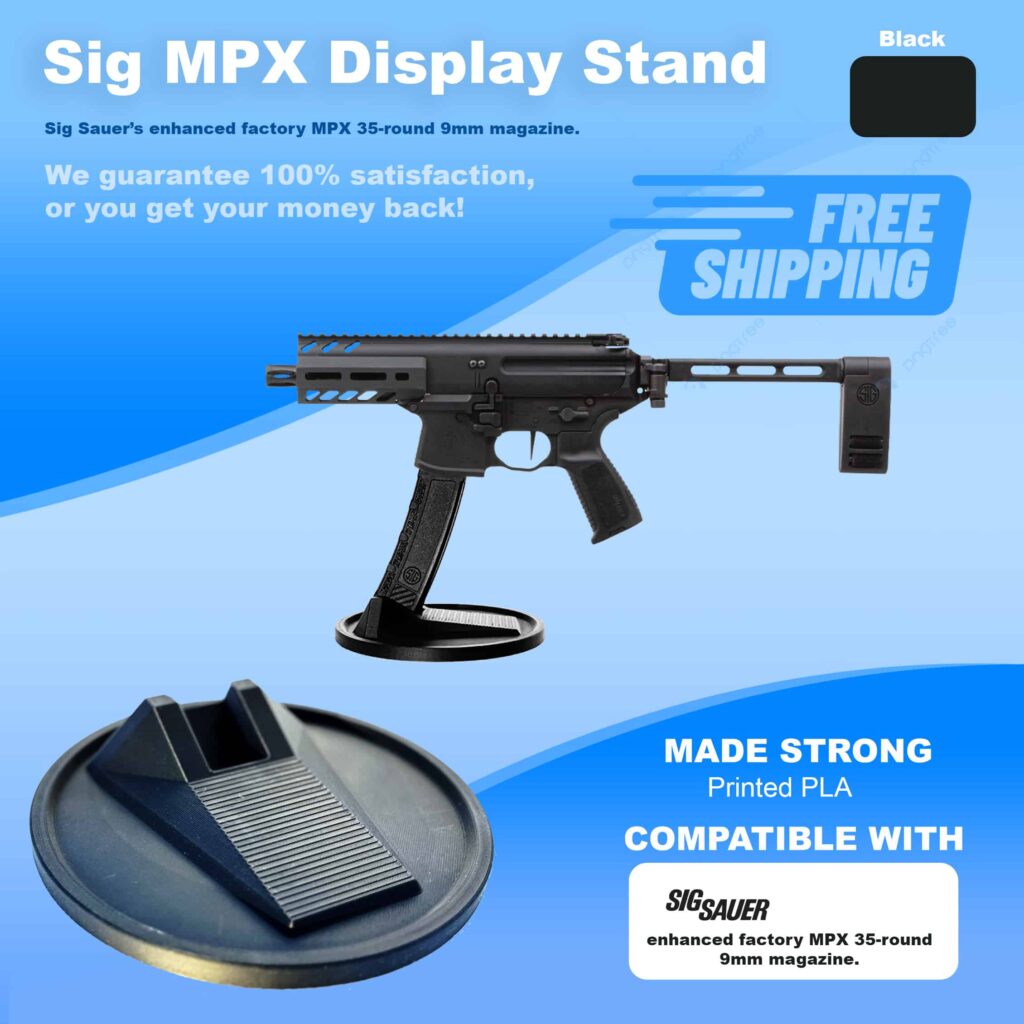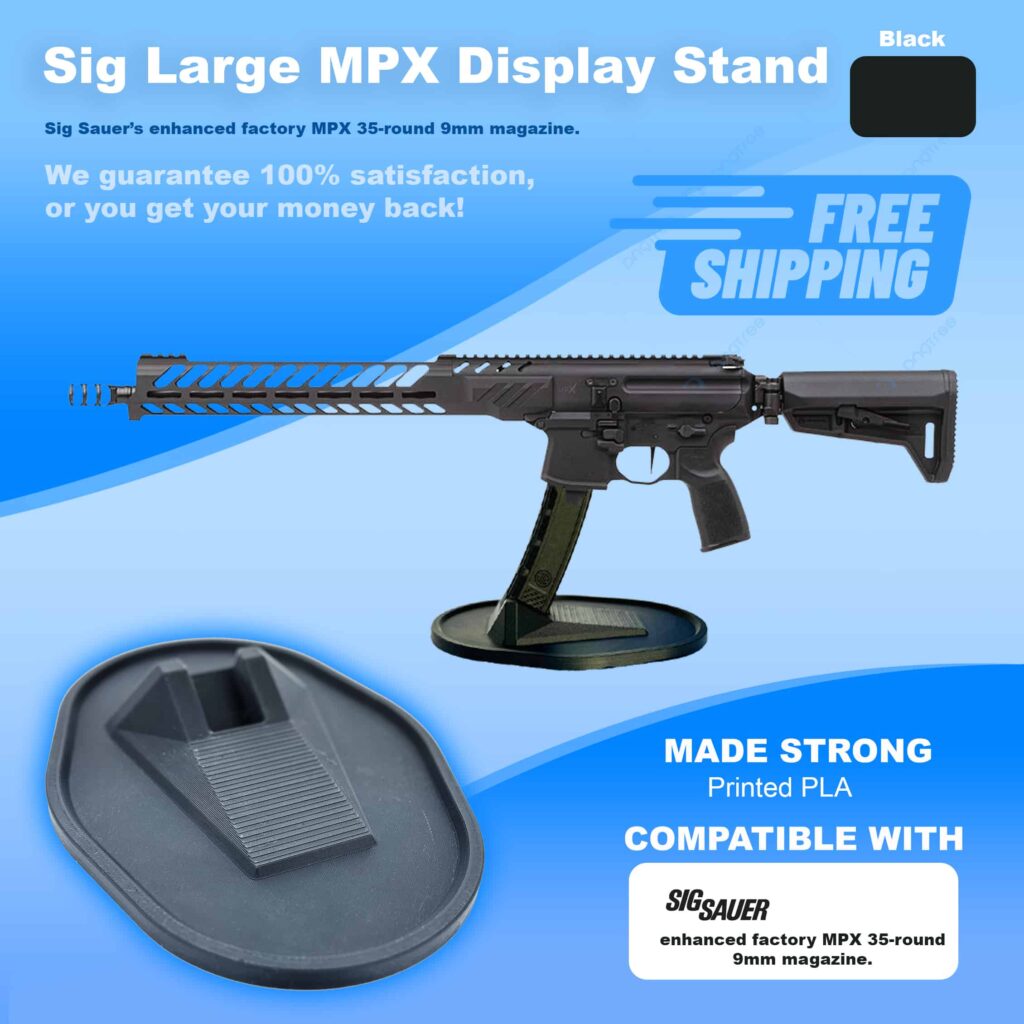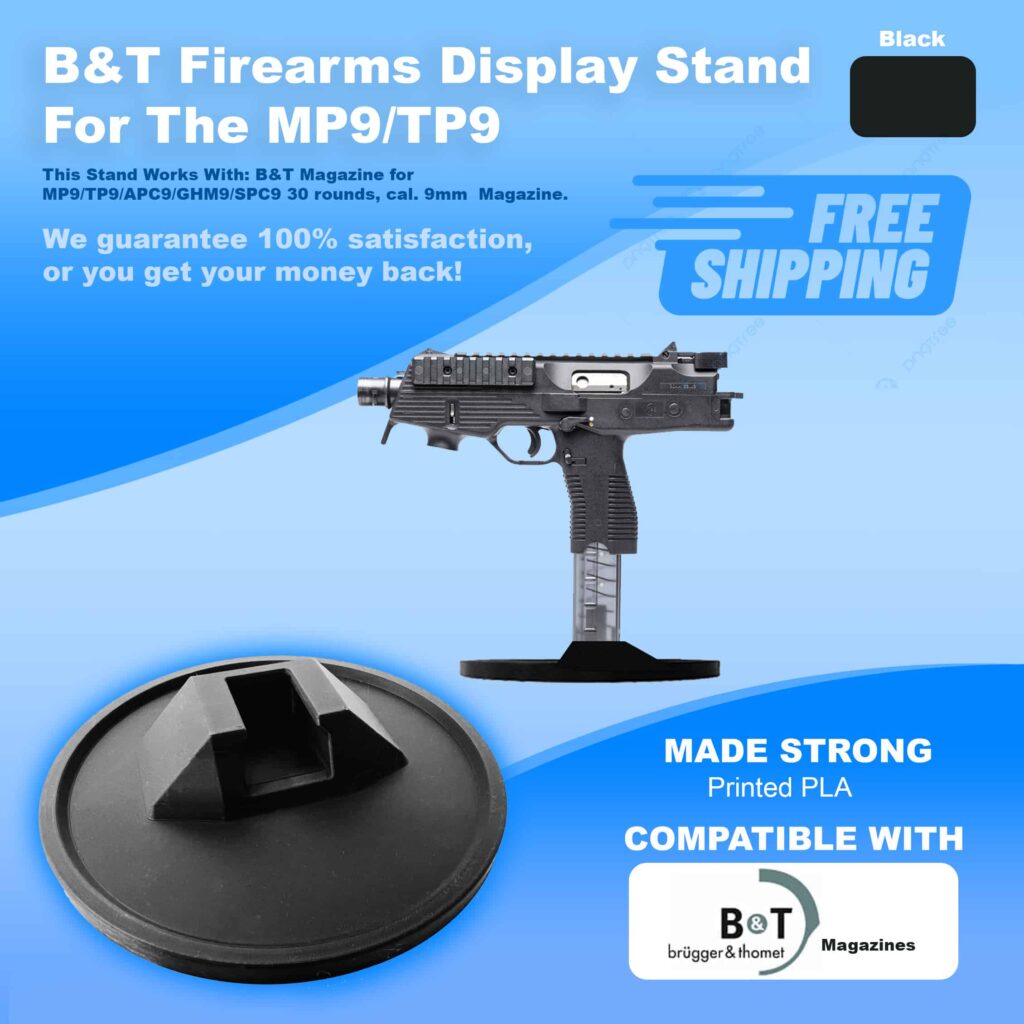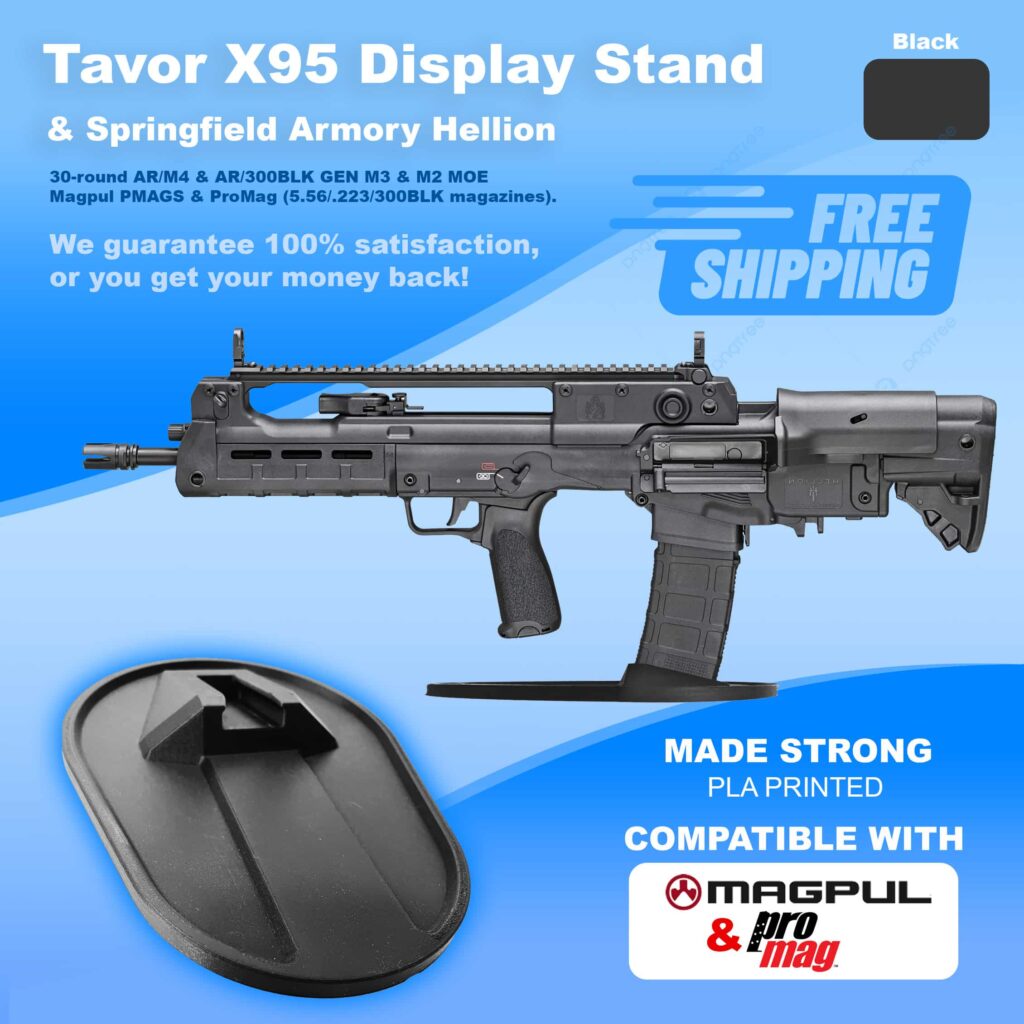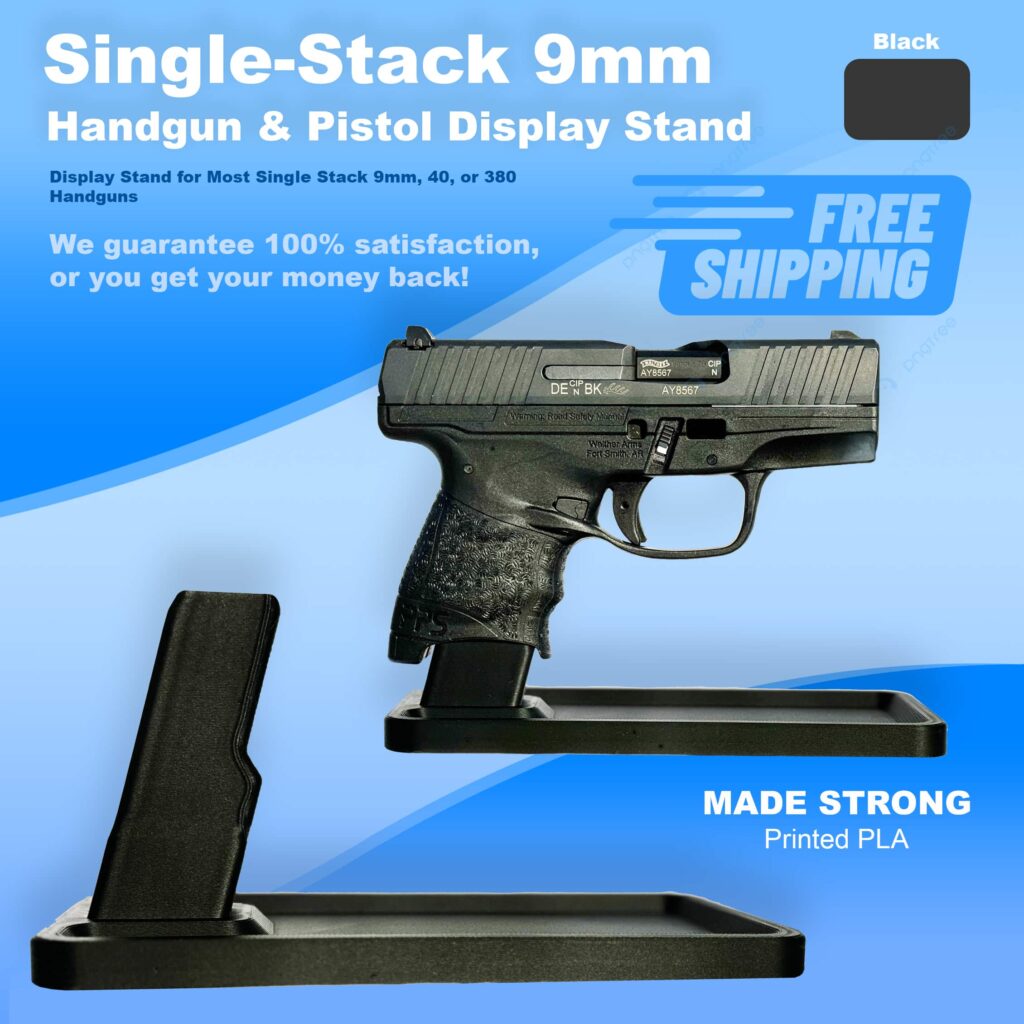Introduction to Self-Defense and Home Protection
Personal safety is a top priority for everyone, and home protection plays a crucial role in this. Whether you’re concerned about protecting yourself, your family, or your property, the right approach to self-defense and home protection can offer peace of mind. This page covers essential strategies, tools, and techniques to help you safeguard your home and stay safe in a world that can sometimes be unpredictable.
What is Self-Defense?
Self-defense refers to the act of defending yourself from harm or potential threats. It can involve physical actions, strategic thinking, or the use of tools designed to protect your personal safety. Self-defense is not just about physical confrontation; it also includes awareness, prevention, and readiness.
Effective self-defense can be broken down into four main categories:
- Situational Awareness: Recognizing and understanding potential threats before they escalate.
- Physical Defense: Actions you can take to protect yourself if a confrontation occurs.
- Non-lethal Defense Tools: Using tools like pepper spray or tasers to protect yourself without causing permanent harm.
- Firearm Defense: The use of firearms for self-defense, which is subject to local laws and regulations.
Home Protection: Why It Matters
Home protection is about ensuring the safety and security of your living space. Your home should be a place of refuge, not vulnerability. Protecting your home from burglars, intruders, or natural disasters involves both preventive measures and immediate-response strategies.
A comprehensive home protection plan combines:
- Physical Security Measures: Locks, doors, windows, and alarm systems.
- Firearms for Protection: If you’re legally able to own them, firearms can provide an effective last line of defense.
- Surveillance and Technology: Modern technology such as cameras, motion sensors, and smart locks make securing your home easier than ever.
- Neighborhood and Community Awareness: Building a supportive, aware community to help keep each other safe.
Key Elements of Self-Defense
1. Situational Awareness
The best way to avoid a confrontation is to see it coming. Situational awareness involves being aware of your surroundings and recognizing potential threats early. This includes noticing people acting suspiciously, understanding escape routes, and identifying safe zones in your environment.
Tips for Situational Awareness:
- Avoid distractions like phones when walking in public places.
- Trust your instincts—if something feels off, it probably is.
- Scan your environment regularly and make mental notes of exits, potential hiding places, and suspicious behavior.
- In your home, make sure you know all possible entrances and exits, and always ensure your doors and windows are secured.
2. Self-Defense Techniques
In a confrontation, knowing how to defend yourself can make all the difference. Self-defense training can teach you how to physically protect yourself from an attacker. Basic self-defense techniques may include:
- Strike and Escape: Quick and effective strikes to the face, throat, or groin to disable the attacker long enough for you to escape.
- Defensive Posture: Positioning yourself in a way that makes it harder for the attacker to control you.
- Control and Disarm Techniques: If you’re skilled, you can use leverage and technique to control or disarm an attacker.
Self-defense classes, such as Krav Maga or Brazilian Jiu-Jitsu, can offer you valuable training in practical, real-world self-defense.
3. Non-Lethal Self-Defense Tools
If you’re looking for an alternative to physical confrontation, non-lethal tools can be a great choice. These devices allow you to defend yourself from a safe distance. Some of the most popular non-lethal self-defense tools include:
- Pepper Spray: An easy-to-carry canister that disorients attackers by causing intense irritation to the eyes and respiratory system.
- Tasers and Stun Guns: These devices deliver an electric shock that temporarily disables an attacker, giving you the chance to escape.
- Personal Alarms: Loud alarms that draw attention and can scare off attackers or alert others nearby to your distress.
4. Firearm Defense
For those who legally own firearms, they can be an effective tool for self-defense. In cases where there is an immediate threat to your life, a firearm offers a means of protection that can quickly neutralize an attacker.
However, owning a firearm comes with responsibilities, including:
- Training: Proper training is essential for safely using firearms. Know how to handle, store, and carry a weapon.
- Legal Considerations: Understand local and national gun laws before purchasing or using a firearm.
- Storage: Ensure firearms are stored safely, out of reach of children or unauthorized individuals.
Remember, firearms are meant to be a last resort and should only be used when there is a clear, immediate threat to life.
Home Protection Strategies
1. Reinforcing Your Home’s Physical Security
The first step in home protection is to reinforce your home’s physical security. This means ensuring that doors, windows, and entry points are secure. Consider these measures:
- Doors: Install solid wood or metal doors, as they are harder to break down. Consider adding deadbolts or smart locks that require a code or fingerprint to access.
- Windows: Secure windows with locks, security film, or even metal bars if you’re in a high-risk area. Consider adding motion-sensitive window alarms.
- Lighting: Install exterior lights, especially near entry points, to make it difficult for intruders to hide in the shadows. Motion-detecting lights are particularly effective.
- Fencing and Gates: A tall, sturdy fence can prevent intruders from easily entering your yard, while a locked gate can provide an extra layer of protection.
2. Alarm Systems and Surveillance
A home alarm system can act as both a deterrent and a quick-response tool. Many modern alarm systems come with a range of features, including:
- Motion Sensors: These can detect movement in and around your home, triggering alarms if someone enters the area.
- Door and Window Sensors: These can alert you when someone tries to open a door or window.
- Cameras: Surveillance cameras can capture footage of intruders, which is valuable for law enforcement if a break-in occurs. They can also act as a deterrent if visible.
Smart home security systems allow you to monitor your home remotely from your phone, making it easier to keep an eye on things when you’re away.
3. Firearms for Home Protection
For those who choose to arm themselves, firearms are a serious but effective option for home protection. Common firearms used in home defense include shotguns, handguns, and rifles. Here are some important considerations when using firearms for home defense:
- Shotguns: Shotguns are powerful, easy to use, and have a wide spread, making them effective in home defense scenarios. However, they require training and practice to handle safely.
- Handguns: Compact and easy to store, handguns are another popular option for self-defense. They’re versatile, but accuracy and handling are crucial for effective use.
- Rifles: While rifles are highly effective, they can be more difficult to maneuver in close quarters. Some may prefer rifles for outdoor protection or as a last resort.
When using firearms for home defense, always ensure proper safety practices, including the use of trigger locks and secure storage.
4. Smart Home Technologies
Smart home devices are becoming a cornerstone of modern home protection. These technologies allow you to monitor and secure your home remotely. Popular smart home technologies include:
- Smart Locks: You can lock and unlock doors from your smartphone or set temporary codes for guests or service workers.
- Video Doorbells: These allow you to see and communicate with visitors at your door, even when you’re not home.
- Smart Surveillance: Cameras that connect to your smartphone to provide live or recorded footage of your property.
These tools provide a level of convenience and added security, as you can monitor your property from anywhere in the world.
Conclusion: Creating a Complete Self-Defense and Home Protection Plan
In conclusion, self-defense and home protection are not just about being prepared for the worst—they’re about being proactive in keeping yourself, your family, and your property safe. Whether through personal safety techniques, non-lethal tools, firearms, or comprehensive home security systems, the key is to understand the risks and take steps to mitigate them.
Investing time and effort into improving your self-defense skills and home protection strategies can give you confidence and peace of mind, knowing you’re prepared for potential threats. Always remember, safety is a personal responsibility that requires careful planning, training, and awareness.
By combining situational awareness, the right tools, and an effective home security system, you can create an environment where you feel secure and in control, no matter where you are.
